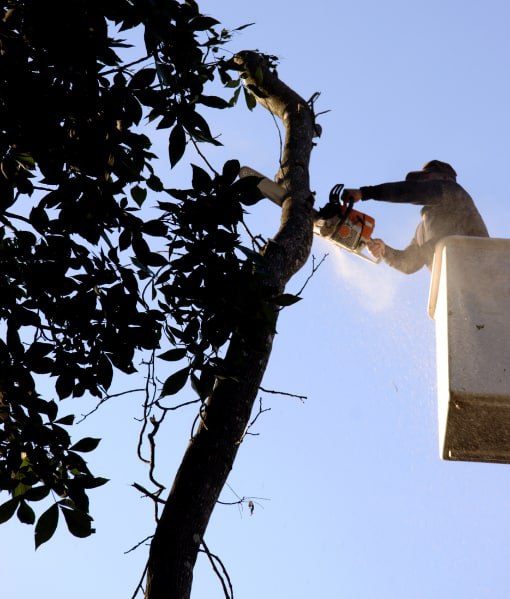
Introduction: Trees are remarkable living organisms that provide numerous environmental benefits. However, they, too, can suffer from neglect, disease, and poor growth. When a tree becomes neglected and its health compromised, it’s not necessarily a lost cause. Proper care and pruning can help revive and rejuvenate a neglected tree, restoring it to health and vitality. In this blog post, we’ll explore the art of pruning to breathe new life into neglected trees.
Recognising Neglected Trees:
Neglected trees often exhibit visible signs of distress. These may include:
- Sparse Foliage: A healthy tree should have a full canopy of leaves. If you notice significant gaps or thinning foliage, it’s a sign that the tree may not be receiving the care it needs.
- Dead or Dying Branches: Dead or dying branches are unsightly and can pose safety hazards. They should be promptly removed to prevent further damage.
- Overcrowding: Trees that have not been properly pruned can become overcrowded, with branches growing too closely together. This can inhibit air circulation and increase the risk of disease.
- Decay or Disease: Visible signs of decay, such as fungal growth or oozing sap, are indications that a tree is suffering from disease or damage.
The Pruning Process for Neglected Trees:
Reviving a neglected tree through pruning requires a strategic and careful approach:
- Assessment: Begin by assessing the overall health of the tree. Identify dead or diseased branches that need immediate removal.
- Thinning: Overcrowded branches should be thinned to improve air circulation and allow sunlight to penetrate the canopy. This encourages new growth and can help rejuvenate the tree.
- Deadwood Removal: Removing dead or dying branches eliminates potential safety hazards and prevents the spread of disease.
- Crown Cleaning: Perform crown cleaning to remove dead or diseased foliage and any debris or pests that may be affecting the tree’s health.
- Selective Pruning: Use techniques to shape trees and promote healthy growth patterns. This may involve reducing the height or width of the canopy to encourage new growth in specific areas.
When to Prune Neglected Trees:
The best time to prune neglected trees depends on the tree species and the extent of neglect. Late winter or early spring, during the dormant season, is an ideal time for major pruning. However, minor pruning and deadwood removal can be done year-round.
Consulting a Professional:
Reviving a neglected tree can be a challenging task, especially if the tree is large or in poor condition. In such cases, consulting with a certified arborist or tree surgeon is advisable. These professionals have the expertise and equipment to safely and effectively rejuvenate neglected trees.
Conclusion: Neglected trees can return to life with the right care and attention. When done thoughtfully and strategically, pruning plays a crucial role in restoring the health and vitality of neglected trees. Whether you’re a homeowner with a neglected backyard tree or a caretaker of a neglected urban forest, reviving these trees improves their appearance and contributes to a healthier and more vibrant environment.
Call us on: 01797 334532
Click here to find out more about New Romney Tree Surgeons
Click here to complete our contact form and see how we can help with your tree’s needs.